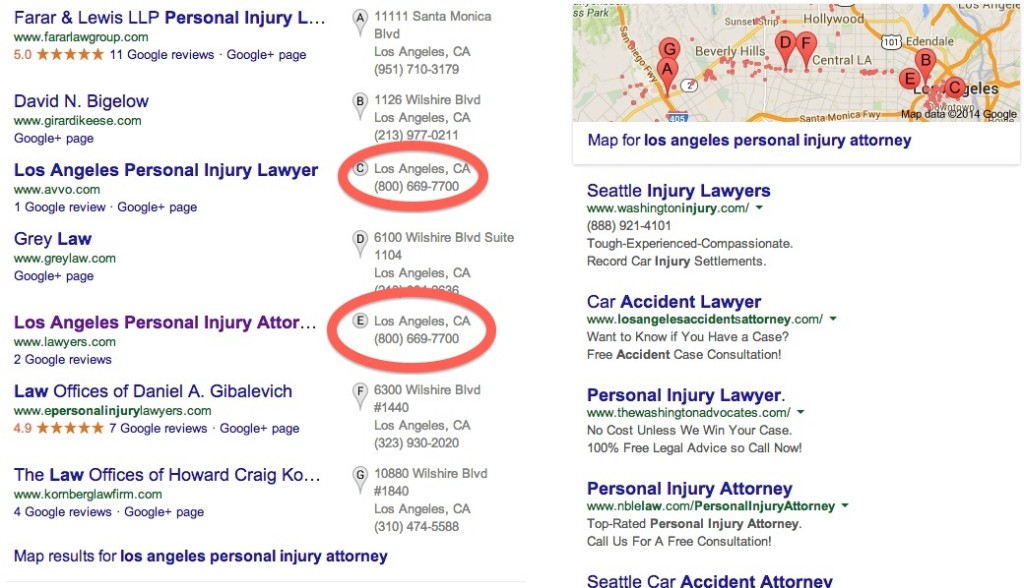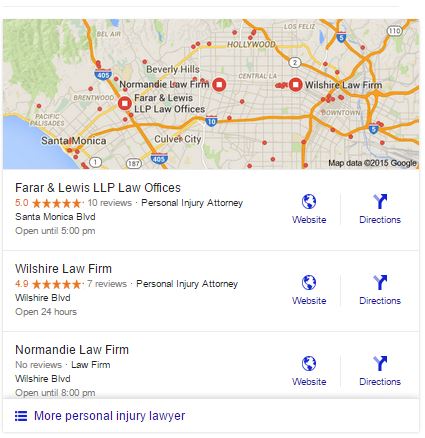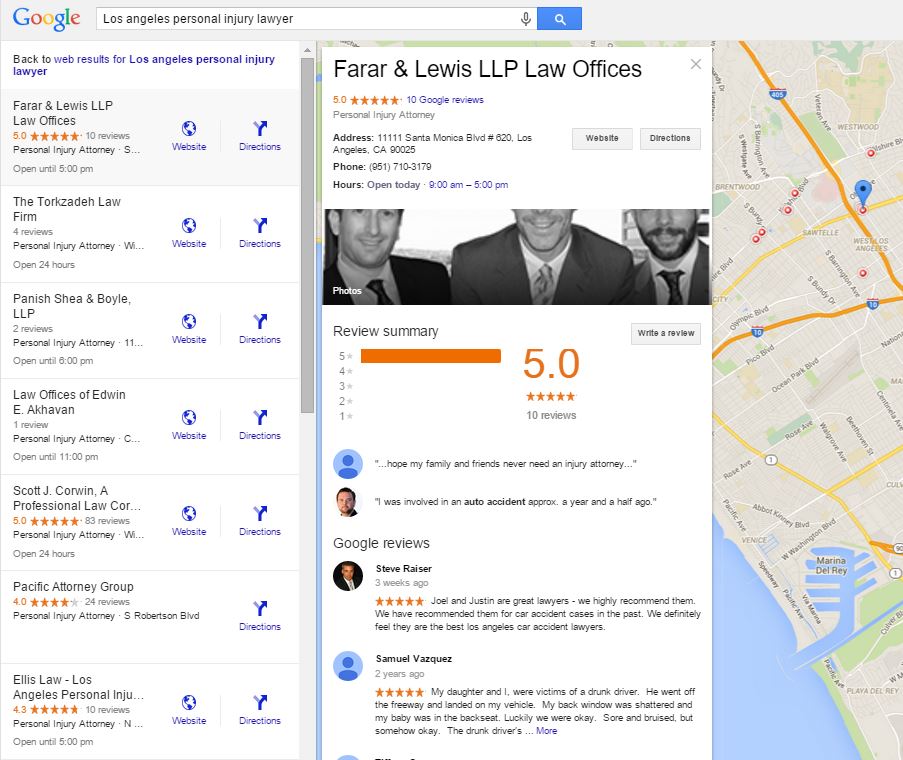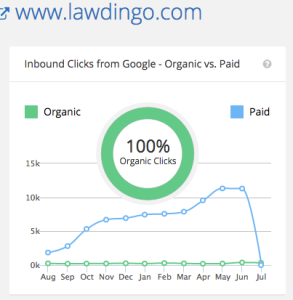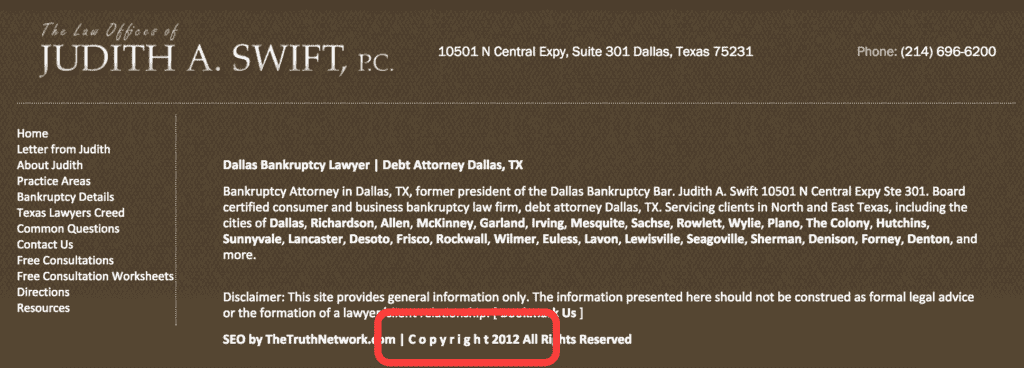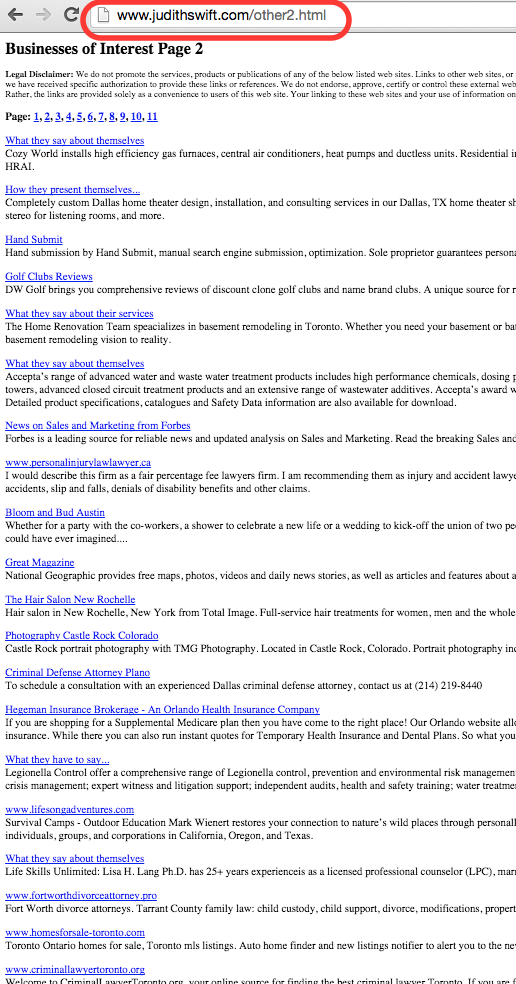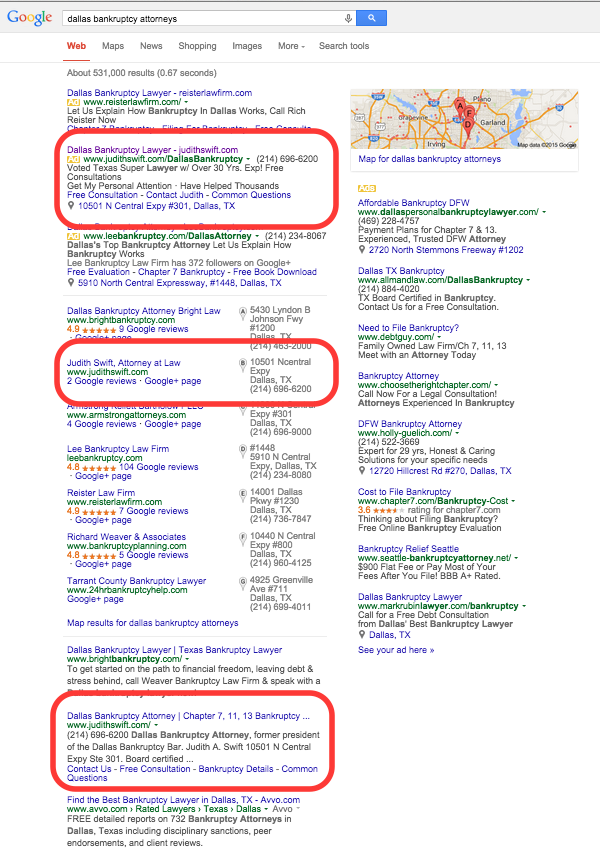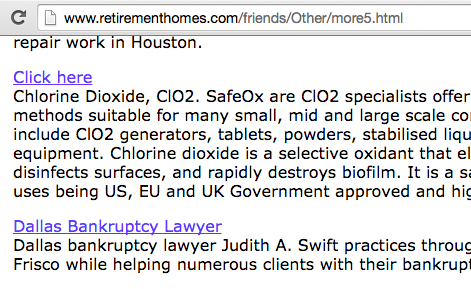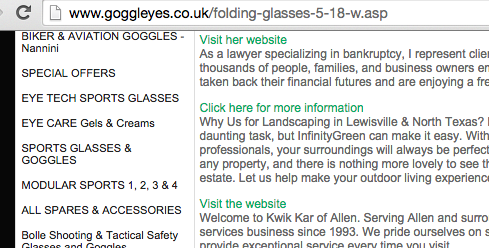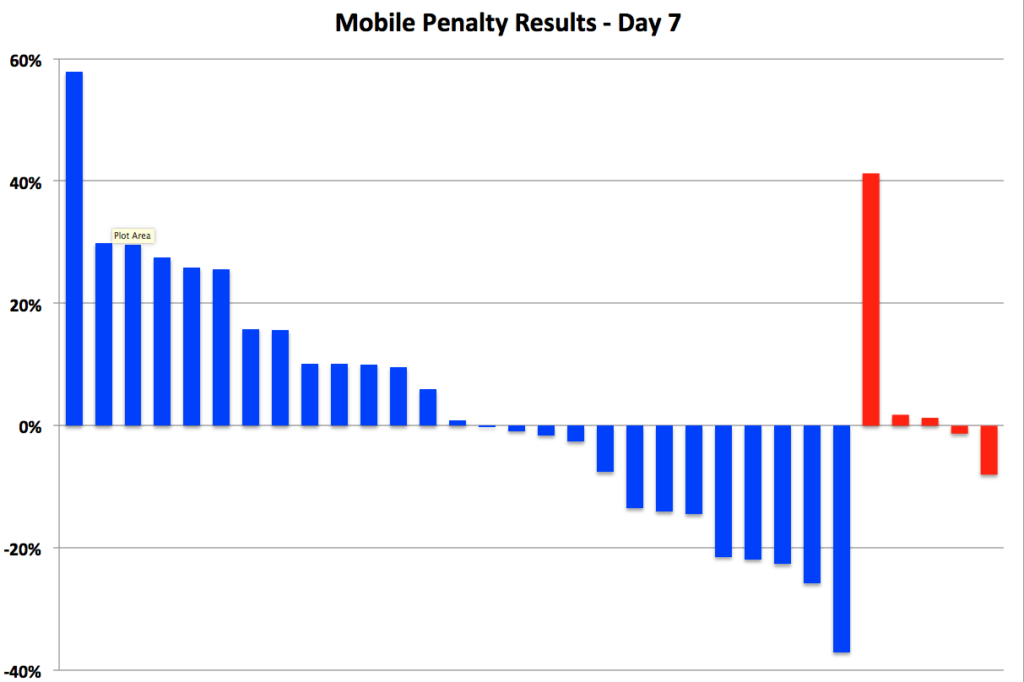Site speed is important. Your website speed can influence site traffic and more importantly – conversions. If your site takes 5-10 seconds to load on a desktop with a high speed internet connection, it’s going to take even longer to load on a mobile network. This is not a good user experience and can cause visitors (potential customers) to move along.
There are many factors affecting your site speed… registrar, host, site platform, site code optimization, image size, external requests, the list goes on… However, there are tools available to get quick answers, as well as very detailed answers.
Our favorite tools are:
- Quick and Simple – Pingdom Speed Test
- Insightful (Weird how it’s in the name…) – Google Developers PageSpeed Insights
- Robust and Detailed – WebPageTest.org
All of these tools have various scores, data points, pros, and cons. One test is not going to give you a definitive answer; multiple tests will be more telling as to how your site is actually performing. Webpagetest.org has more functionality and adjustable settings than the rest. Pingdom and Google will give you grades and scores; some of these data points are important, some are not.
Pingdom Website Speed Test
Pingdom has four data points that I find most important:
- “Your website is (faster/slower) than (%) of all tested websites.”
- Page Size.
- First Byte.
The “website is faster/slower than” metric is an easy way for you to gauge your site speed against others. It is also the perfect example of why multiple tests are important. This calculation uses “Load Time”, which is influenced by “Page Size”, host speed, server connection speed, and code quality. Mockingbird pages, for example, average around 0.8-1.4 seconds to fully load, but on a single test in Pingdom I received a 2.83 second “Load Time”. Multiple tests with other testing services are your friend.
Page Size is important, because it influences your load time and can be optimized. Is your page over 2 MB? If you don’t have many images or any videos – I would find this alarming. Are your images poorly optimized for web? Is your site code overly bulky? Are you loading too many large external resources? All of these are fixable by web designers and developers. Poorly optimized images are the most common increase in page size and has the easiest fix. “Save for web” in Adobe Photoshop or other image editing programs is a simple step to take when creating images for a website.
First Byte is something clearly displayed in the WebPageTest.org results – but is not clear in the Pingdom results. Your First Byte time is the time it takes to DNS Lookup, Connect, and Load the initial HTML file. With Pingdom this can be seen as the time it takes to load the initial page file within the Waterfall graph.
Other Scores
Load Time can be useful especially for smaller sites – because this time should be low for small sites. There’s probably no videos, as many external resources, or as many images as larger sites. But for large sites this time can be hard to control. I prefer to stay within 0.5-3 seconds, but under 5 is ok. Performance Grade – this metric has some useful data for web developers. However, for a small business who is actively marketing – this score is useless. Just having advertising, analytics, and call tracking is going to bring this score way down, because the amount of externally loaded resources that are necessary.
Let me give you some “Pingdom” Load Time examples from our clients.
Client Who Moved From Slow Host to Our Favorite – WPengine:
- Load Time: Old Host = 8-10 seconds | WPengine = 0.7-3 seconds (Wow!)
- Page Size: 2.9MB
Huge Bulky Client Website on WPengine:
- Load Time: 1-3 Seconds (This is amazing for a bulky, older, big box theme, WordPres site)
- Page Size: 1.5MB
As you can see, a fast host like WPengine can really make a huge difference. For reference – big sites like newspapers or syndicated blogs will have load times of up to 12 seconds! This is because of their large amounts of content and advertising. But their “Start Render Time” is still going to be 0.5-2 seconds, allowing users to view content quickly. This “Start Render Time” time may be influencing search results.
WebPageTest.org – Test a website’s performance
This is truly an amazing tool for developers. I won’t go into all the details here, because it’s not that useful for the average user. But there are a few features and data points I highly recommend using.
- Connection (Can test your speed over Cable, DSL, 3G, 2G, etc…)
- Number of Tests to Run (Here is where we weed out the outliers with up to 9 tests)
- First View and Repeat View (Repeat View will allow you to test your caching by comparing speeds to First View)
- “Start Render” data point (After you run a test – this will be one of the first items you see – it’s important for larger sites and ensures your visitors are seeing content quickly)
Google Page Speed Insights
This tool from Google gives you a Mobile Speed Score, Mobile User Experience Score, and a Desktop Speed Score out of 100. Your Mobile User Experience should be 100/100 or very close to it – to ensure a strong mobile user experience. The rest of the optimization suggestions contribute to your score, which I have mixed feelings about.
You might ask – why not just go for a 100/100 scores on the Google PageSpeed Insights? I could continue this rant and explain the technicalities of those scores. But to keep it simple, it’s not worth it, because it would require a huge web development budget with no tangible return on the investment. Check out this case study on earning a 100/100 score – Smashing Magazine Performance Case Study.
Go Test Your Site!
I suggest using a combination of the tools discussed above to assess your site. If your page speed and load times are super slow – you might consider a website redesign or host change. You might even discover that you have giant images over 1MB each! That’s an easy fix.
